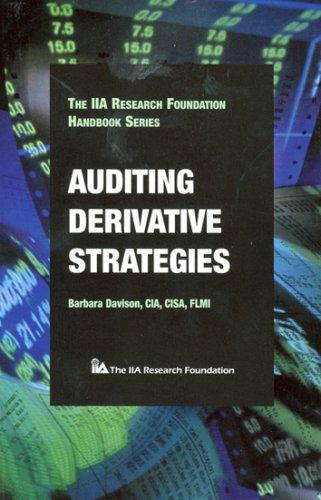Please help with this answer

Best Practices in Preparing BPMN Diagrams The primary objective of process activity modeling is to describe the important steps in a business process clearly and concisely and accurately. Diagrams are tools to aid in planning, documenting. discussing, implementing, and using systems. Here are some modeling best practices that can enhance the use of models for these purposes. 1. Focus on one business process at a time. 2. Clearly identify the events that start and end the process. 3. Include essential elements but avoid distracting detail. 4. Think about a token flossing from the start event through the process to the end event: the flow of the token should be clear for all paths through the process. 5. Label activities clearly with a verb and an object (for example, pay invoice). 6. Model iteratively and get feedback to improve accuracy and clarity. 7. Use message flows to show interactions between process participants. Remember that tokens do not flow across message flows. 8. Each pool must have a start and at least one end. 9. Make the external participant's pool opaque. hiding the elements in that pool, when the external participant's activities are not important for the model. When he pool is opaque, attach the message flow arrows to the edge of the pool. 10. Use sequence flows within pools and not between pools. Business Process Scunario: Consider the following scenario describing the process of preparing an income tax return: Each year before April 15, you file your income taxes. You collect multiple W-2 and 1099 documents. You prepare your tax return and double-check it for accuracy. You file your forms. Use BPMN to model the process using the following independent assumptions. You may use inclusive gateways to model simultaneous events. a) When you prepare your tax return, you download multiple forms from the IRS website. You fill out the forms, double-check your work and then print them out. If you owe money, you write a check. You mail your tax return along with the check if you owe money. If you are getting a refund, you wait to receive your refund by check and deposit your refund into your bank account. b) When you prepare your tax return, you use cloud-based software. You answer the questions and the tax software prepares the tax return for you. Once you have double-checked your work, you enter your bank's checking account details and the file with your return electronically. If you owe money, the IRS will automatically deduct the amount from your checking account in 7 days. If you are getting a refund, the IRS will deposit the refund directly into your checking account. Best Practices in Preparing BPMN Diagrams The primary objective of process activity modeling is to describe the important steps in a business process clearly and concisely and accurately. Diagrams are tools to aid in planning, documenting. discussing, implementing, and using systems. Here are some modeling best practices that can enhance the use of models for these purposes. 1. Focus on one business process at a time. 2. Clearly identify the events that start and end the process. 3. Include essential elements but avoid distracting detail. 4. Think about a token flossing from the start event through the process to the end event: the flow of the token should be clear for all paths through the process. 5. Label activities clearly with a verb and an object (for example, pay invoice). 6. Model iteratively and get feedback to improve accuracy and clarity. 7. Use message flows to show interactions between process participants. Remember that tokens do not flow across message flows. 8. Each pool must have a start and at least one end. 9. Make the external participant's pool opaque. hiding the elements in that pool, when the external participant's activities are not important for the model. When he pool is opaque, attach the message flow arrows to the edge of the pool. 10. Use sequence flows within pools and not between pools. Business Process Scunario: Consider the following scenario describing the process of preparing an income tax return: Each year before April 15, you file your income taxes. You collect multiple W-2 and 1099 documents. You prepare your tax return and double-check it for accuracy. You file your forms. Use BPMN to model the process using the following independent assumptions. You may use inclusive gateways to model simultaneous events. a) When you prepare your tax return, you download multiple forms from the IRS website. You fill out the forms, double-check your work and then print them out. If you owe money, you write a check. You mail your tax return along with the check if you owe money. If you are getting a refund, you wait to receive your refund by check and deposit your refund into your bank account. b) When you prepare your tax return, you use cloud-based software. You answer the questions and the tax software prepares the tax return for you. Once you have double-checked your work, you enter your bank's checking account details and the file with your return electronically. If you owe money, the IRS will automatically deduct the amount from your checking account in 7 days. If you are getting a refund, the IRS will deposit the refund directly into your checking account








